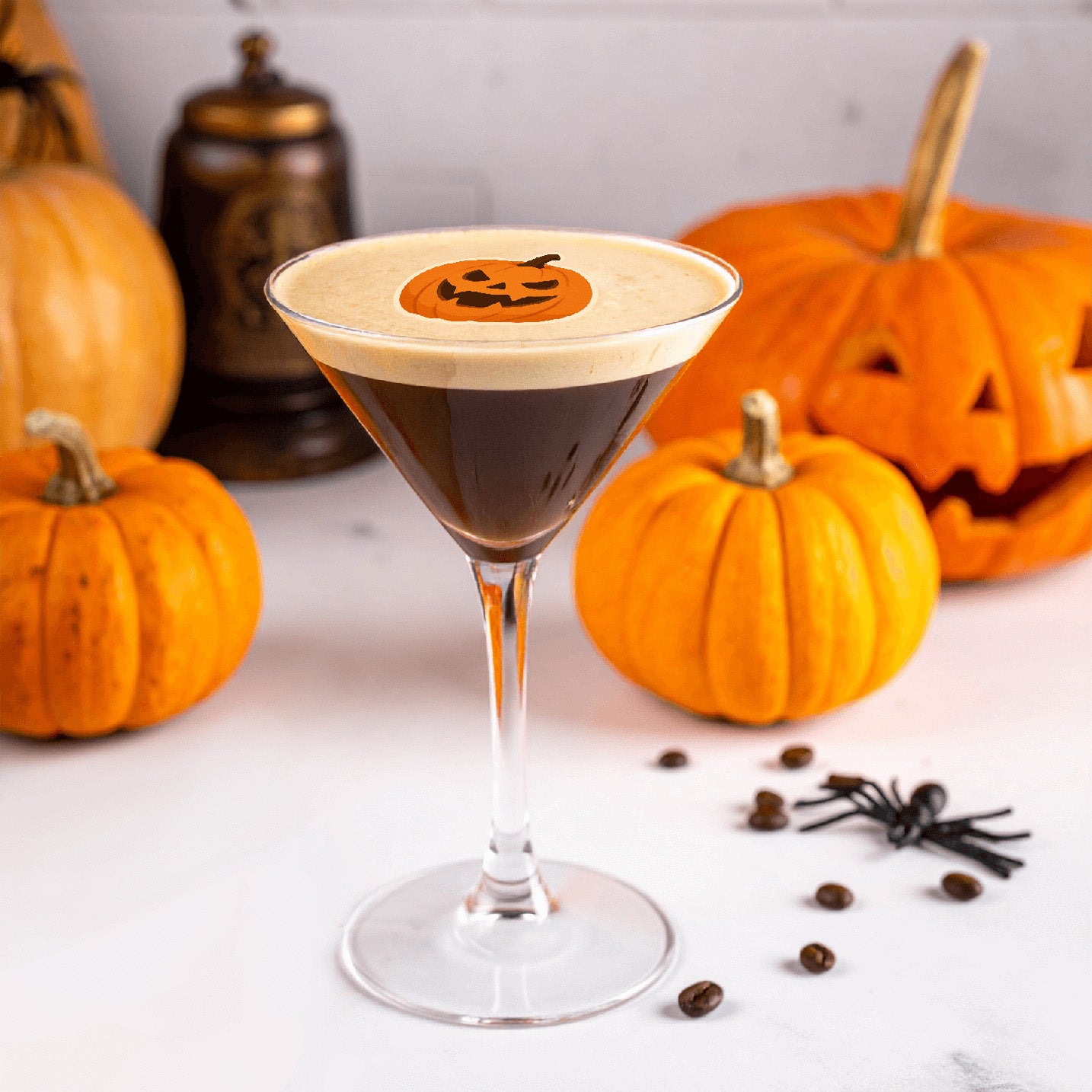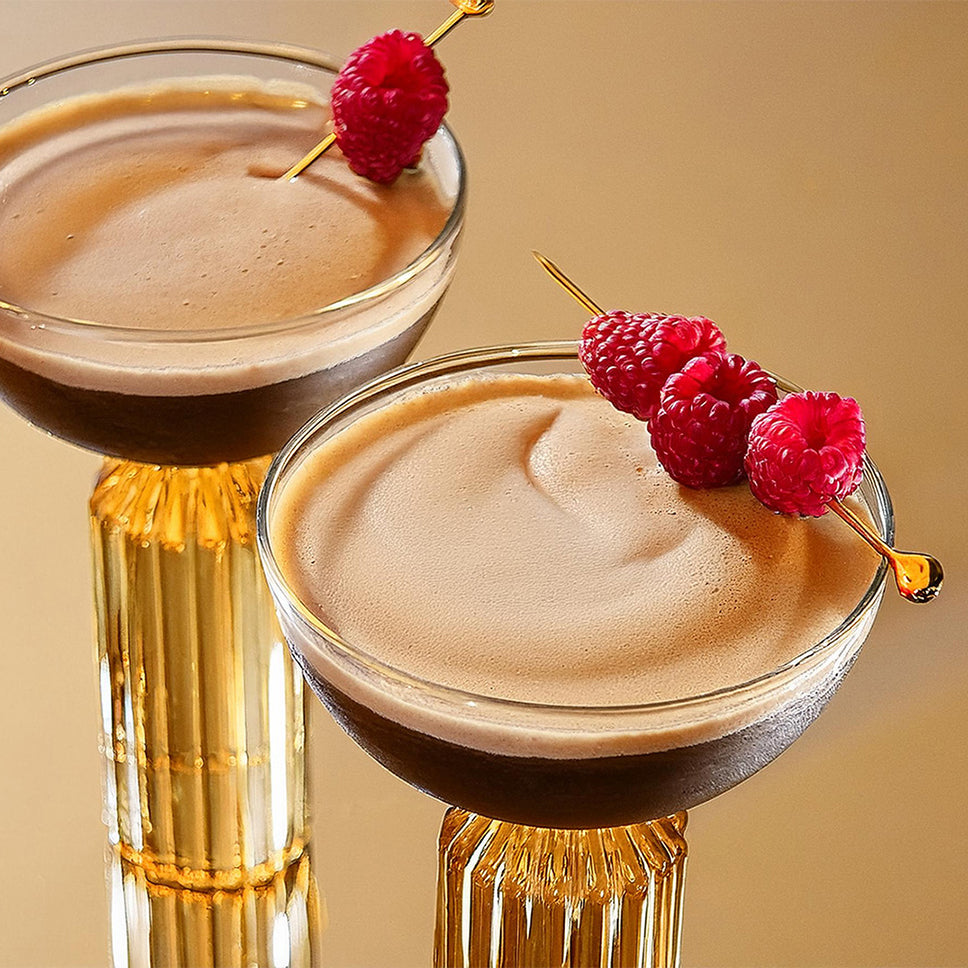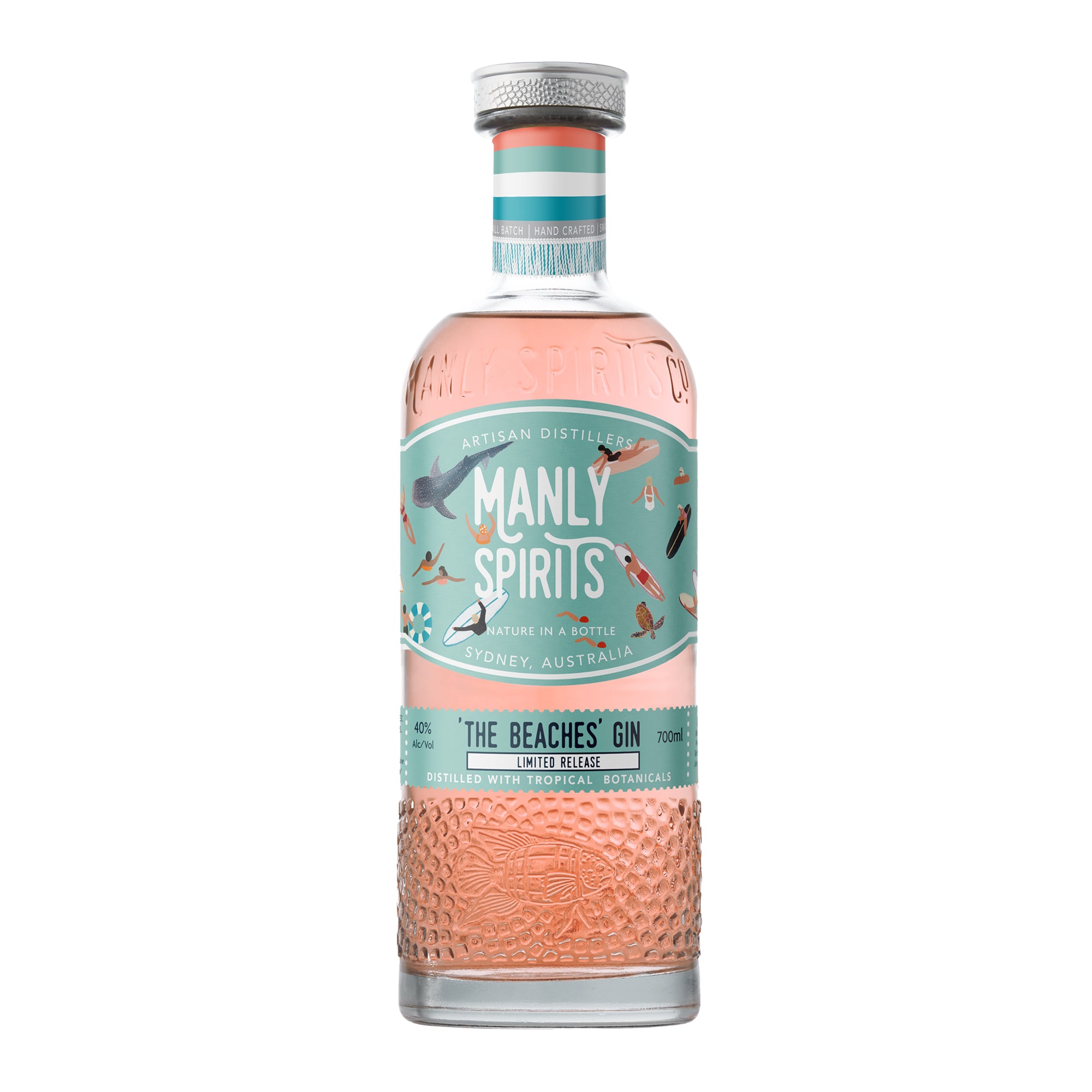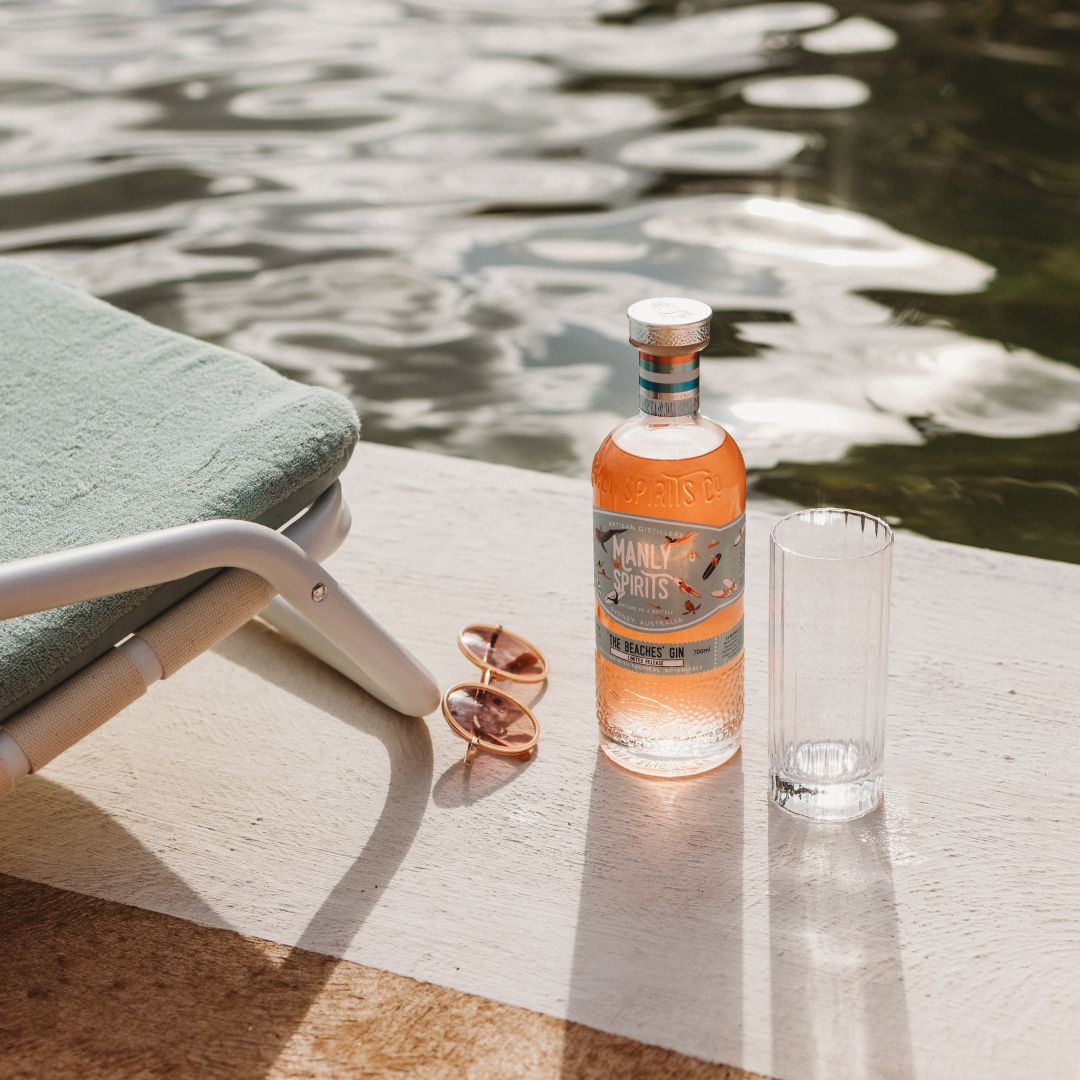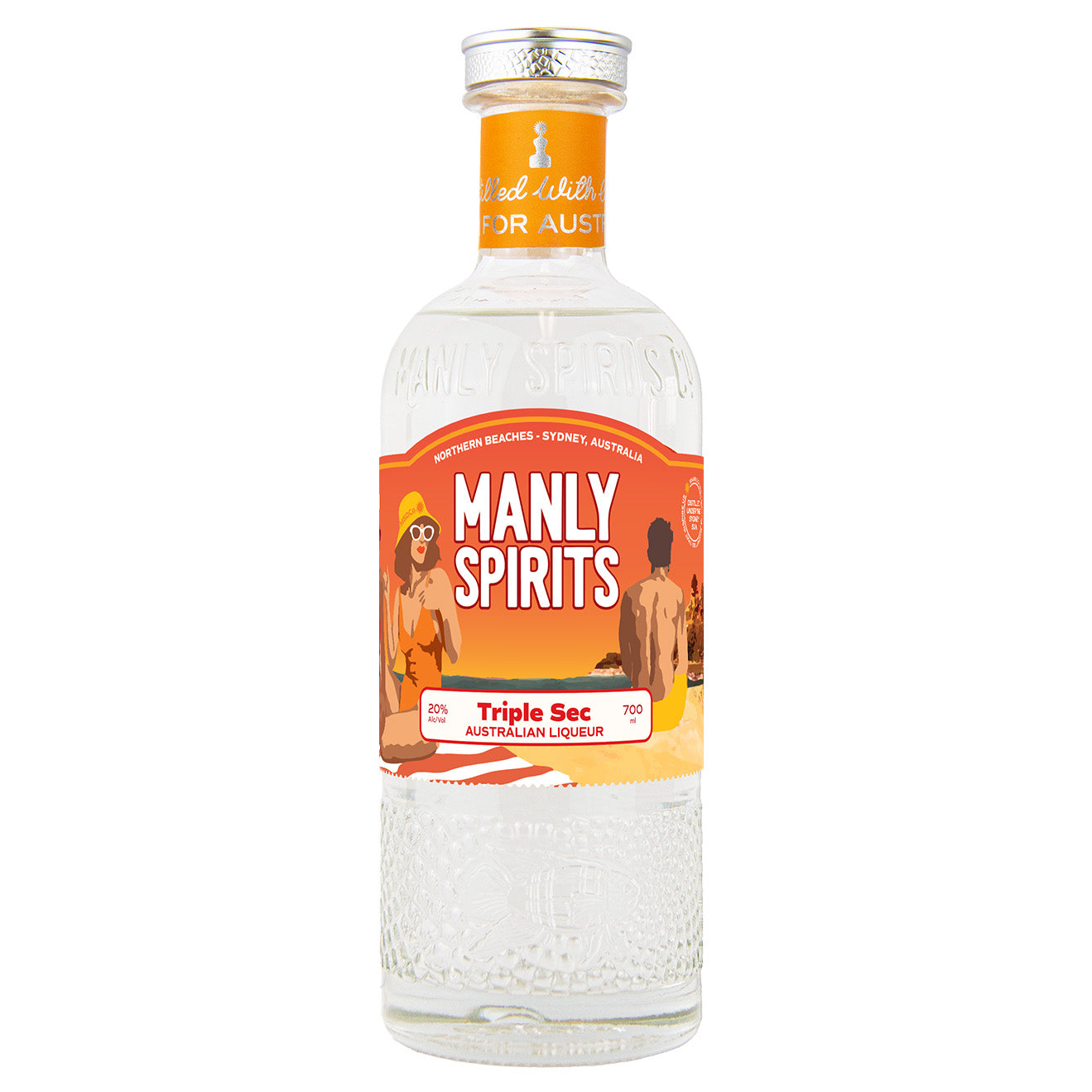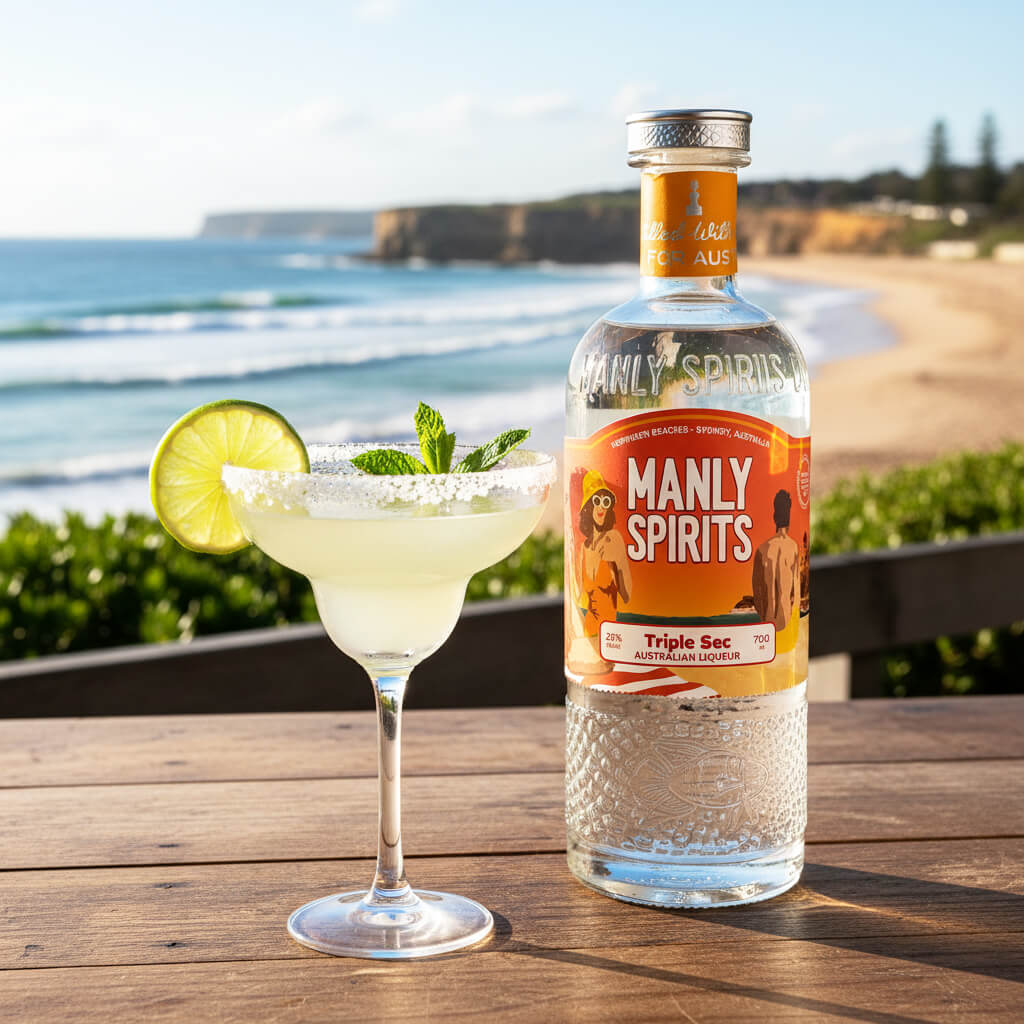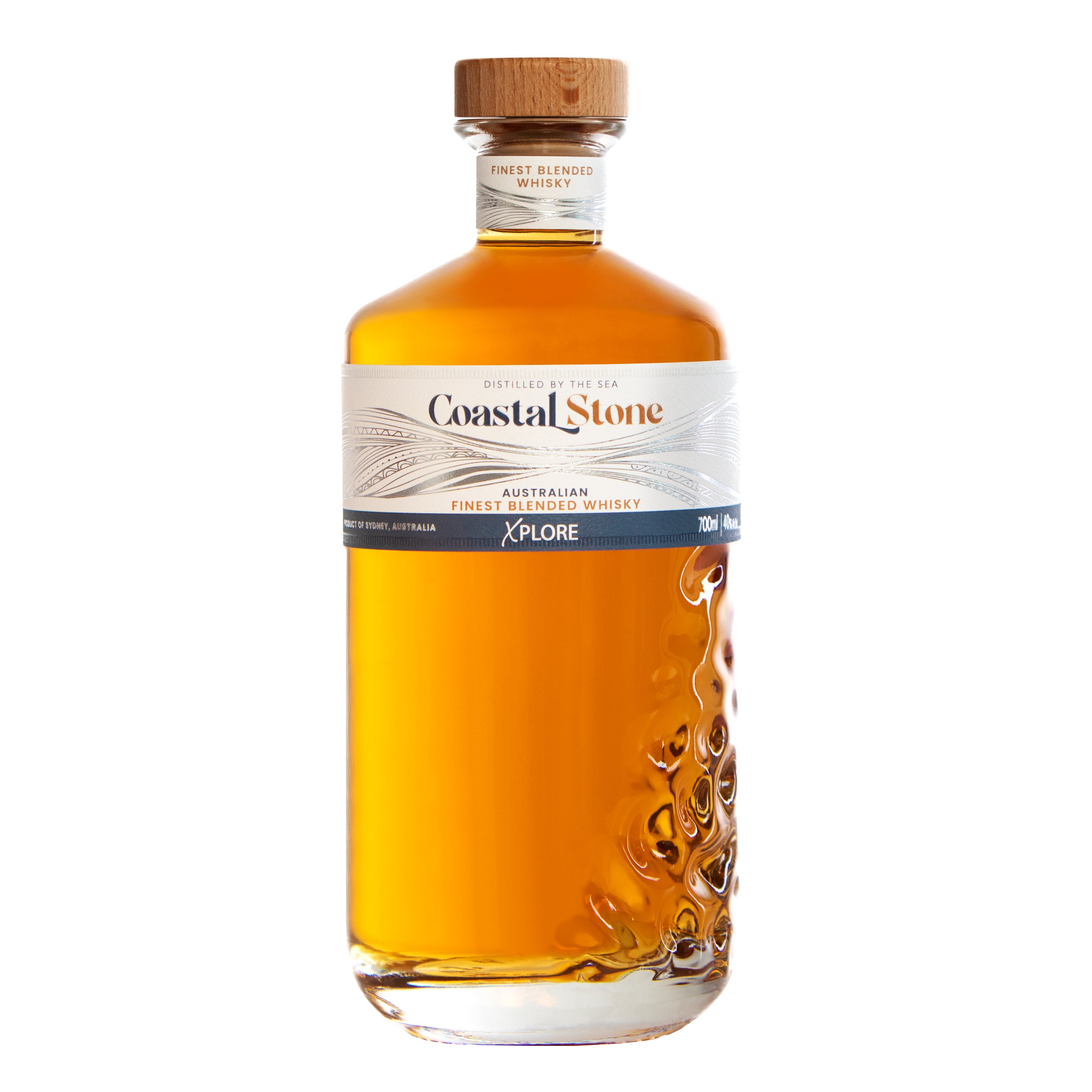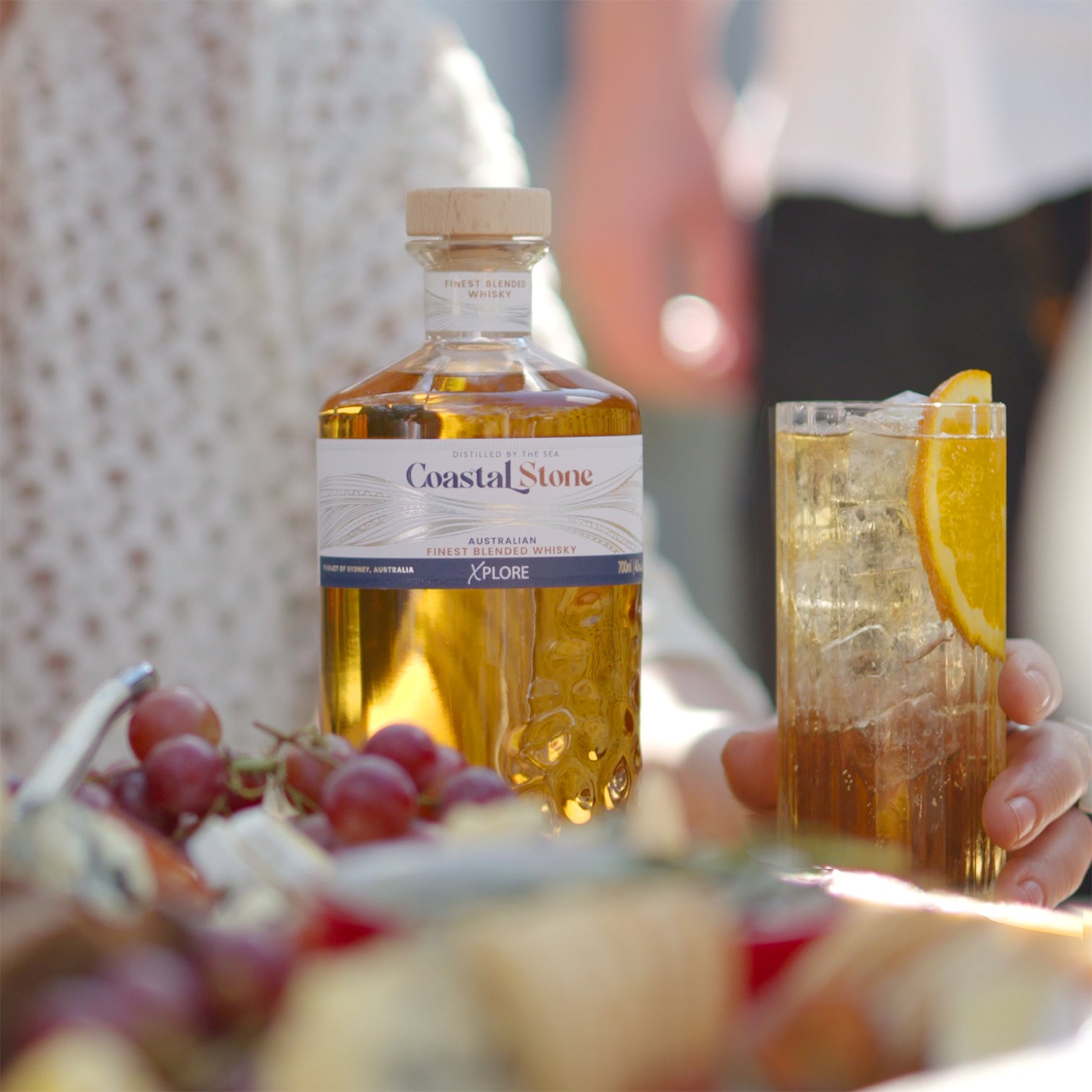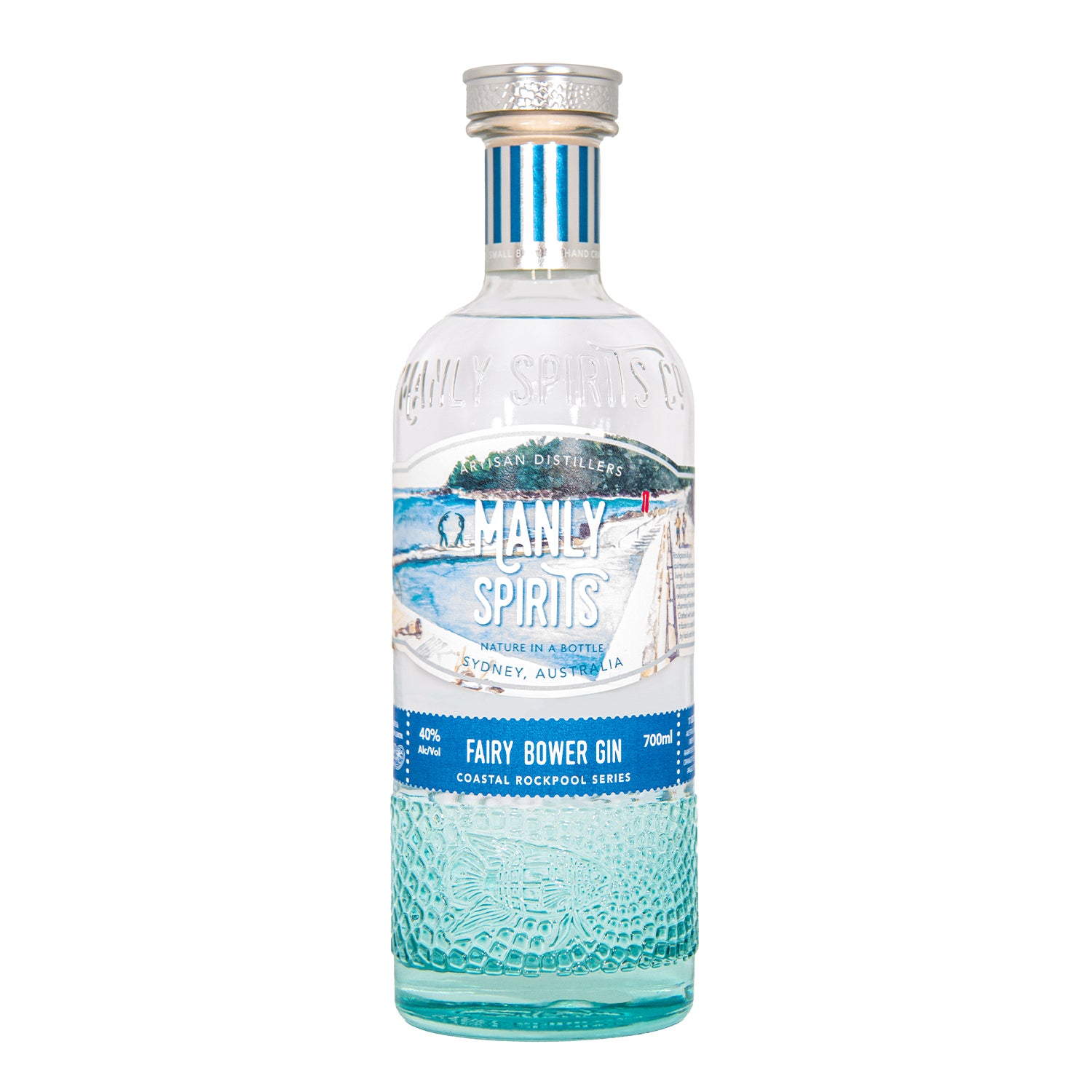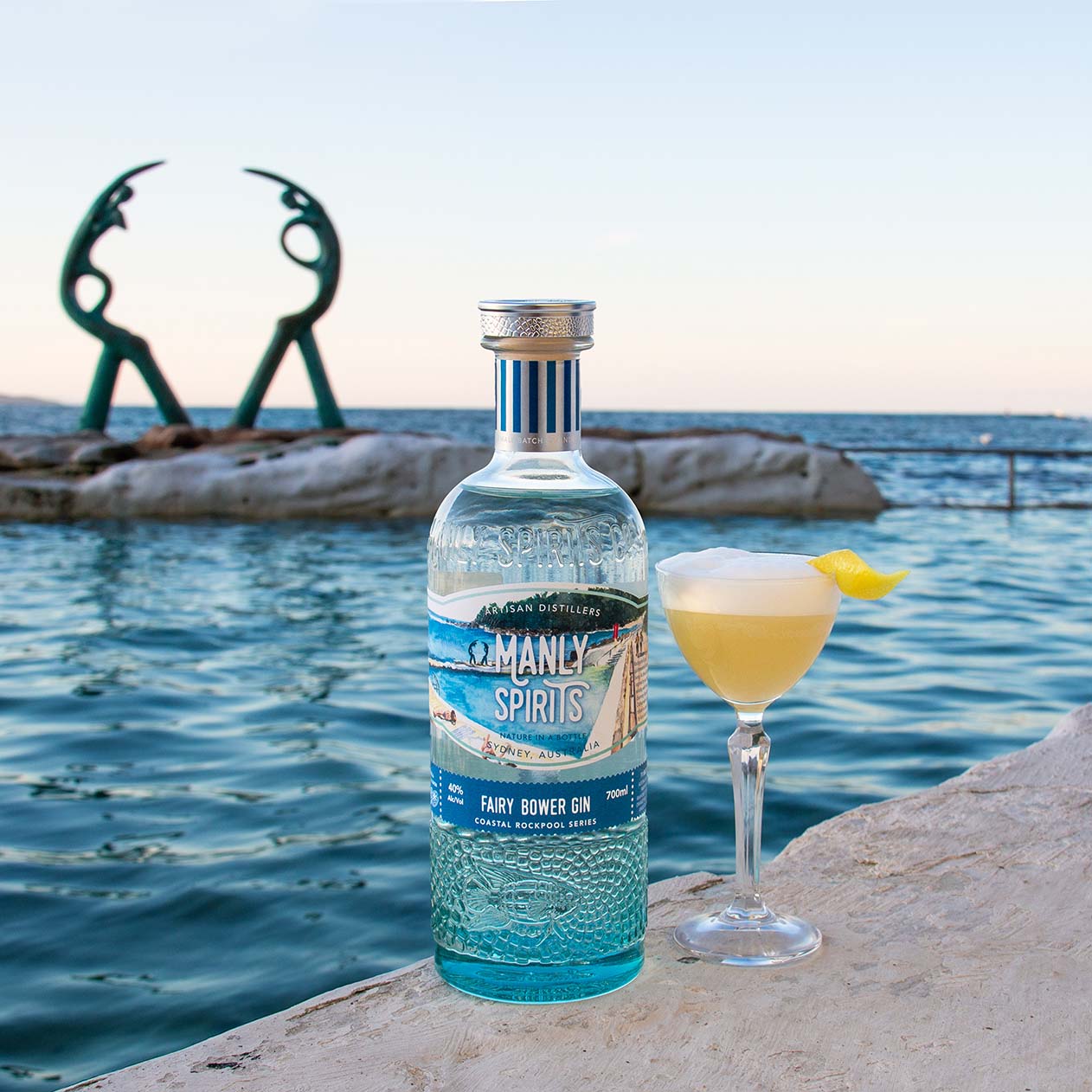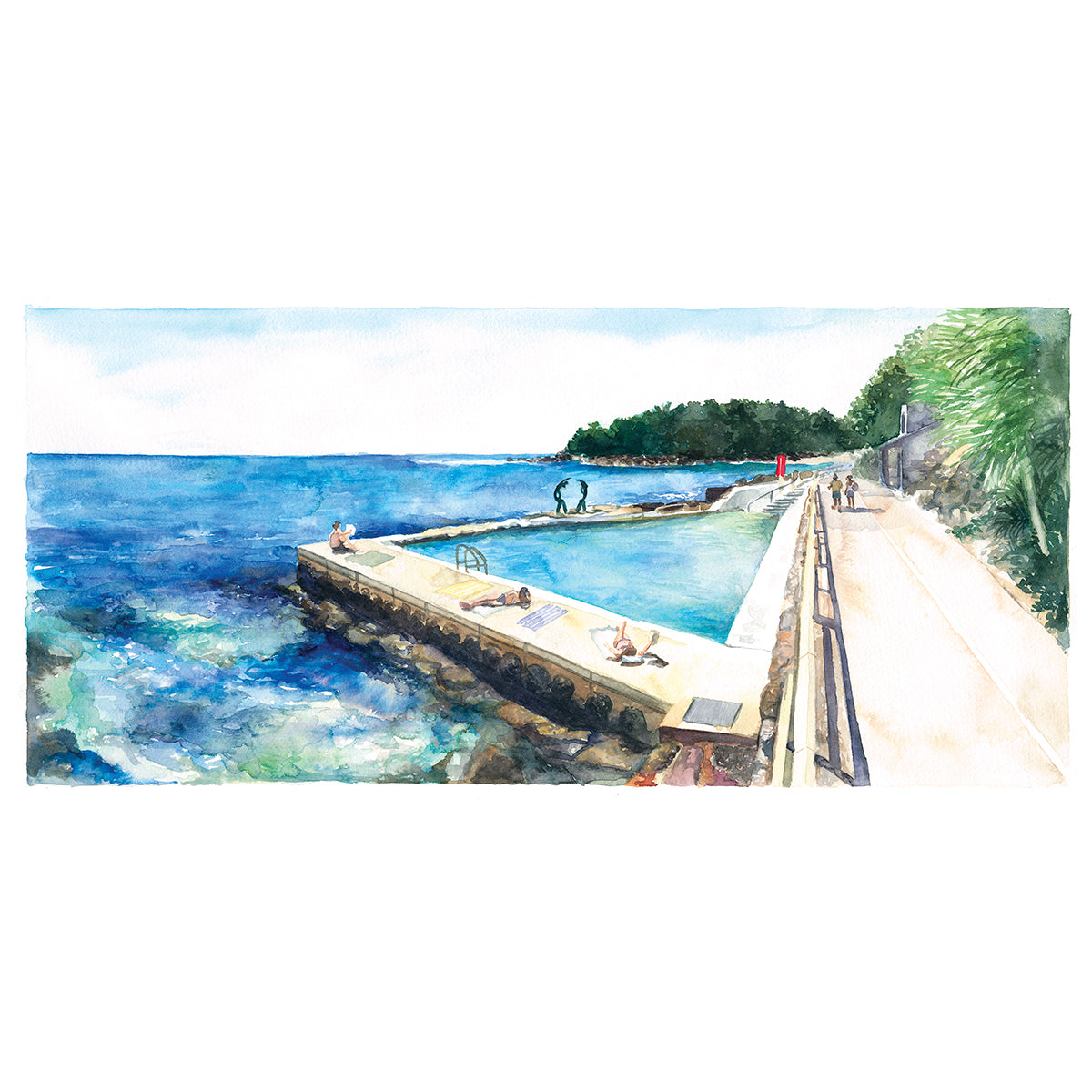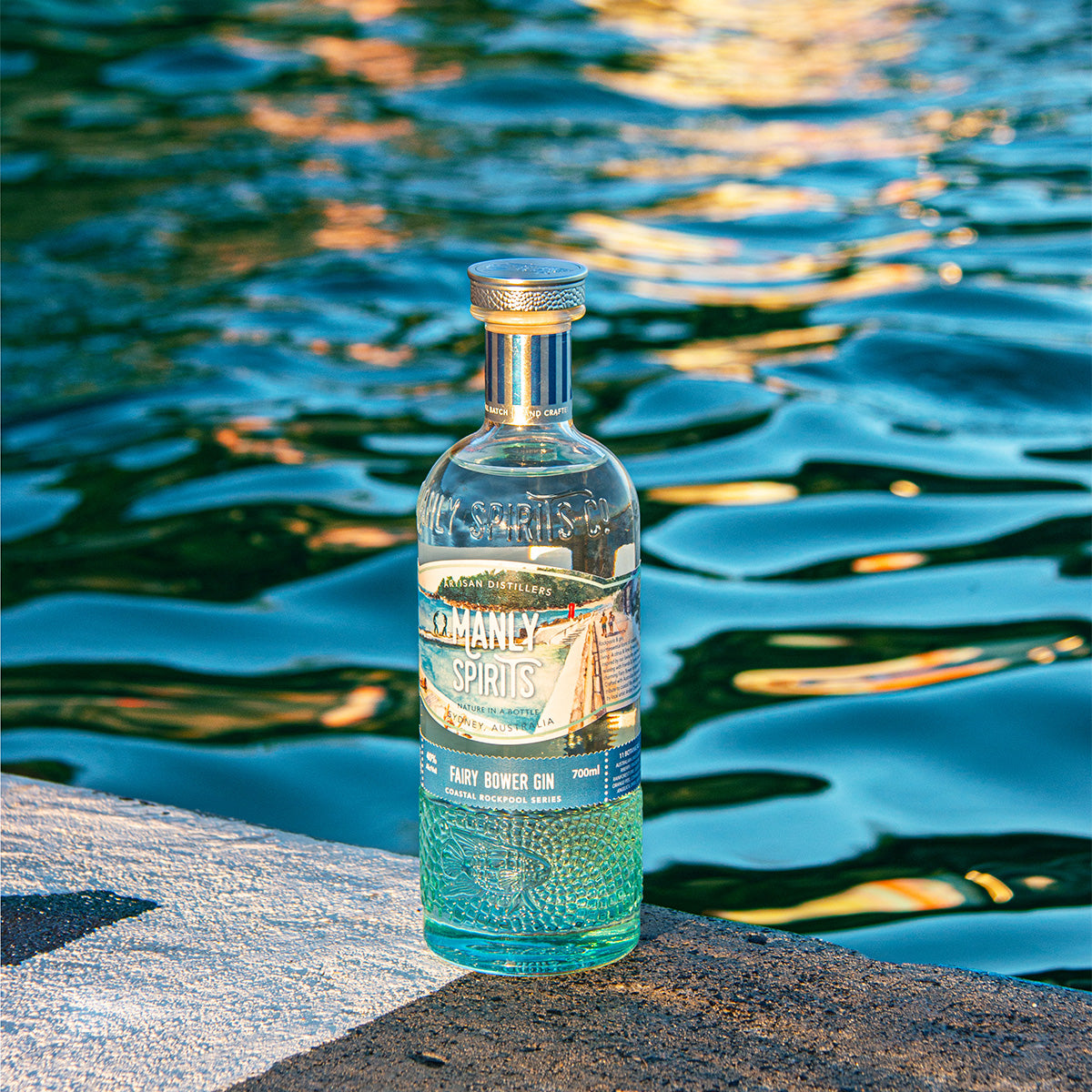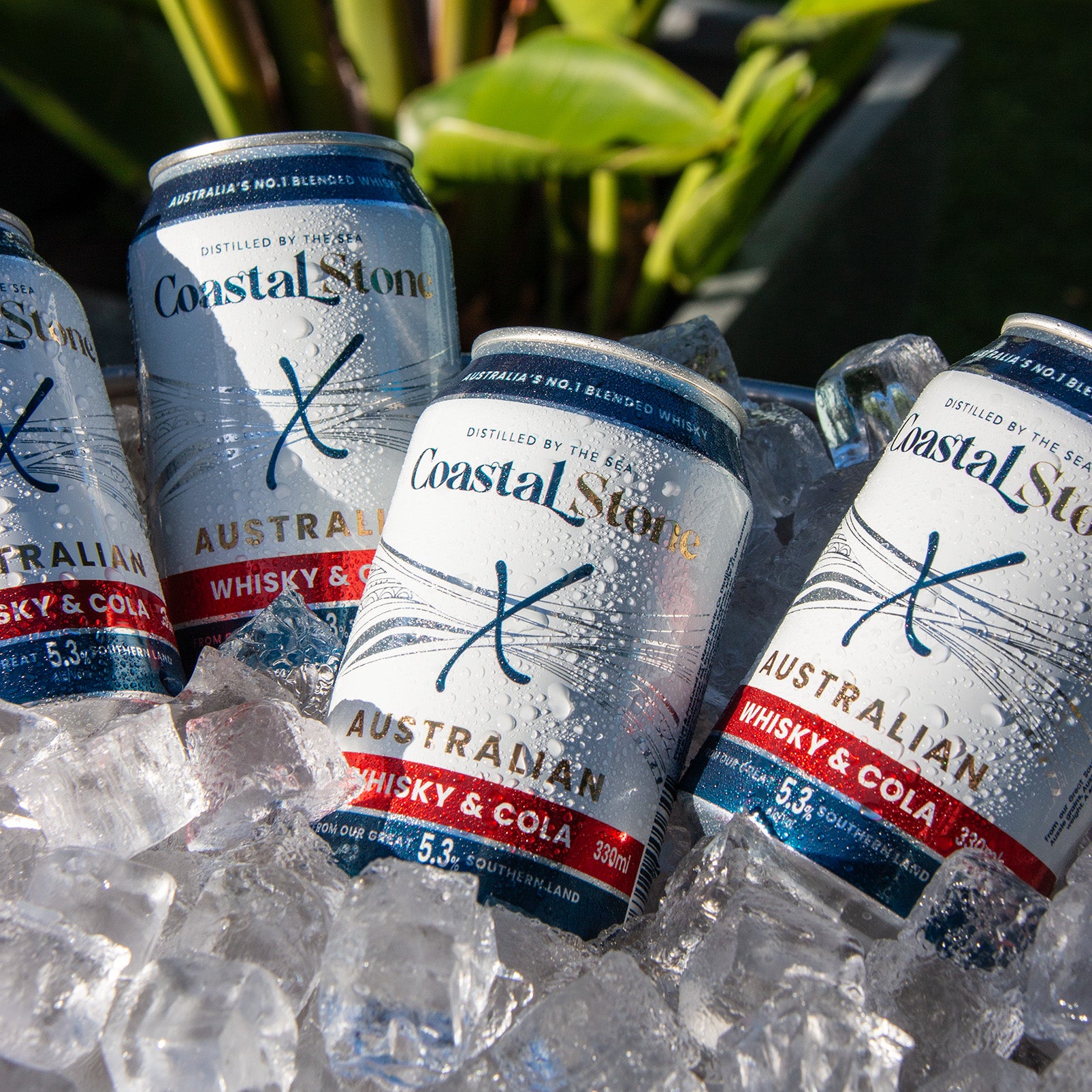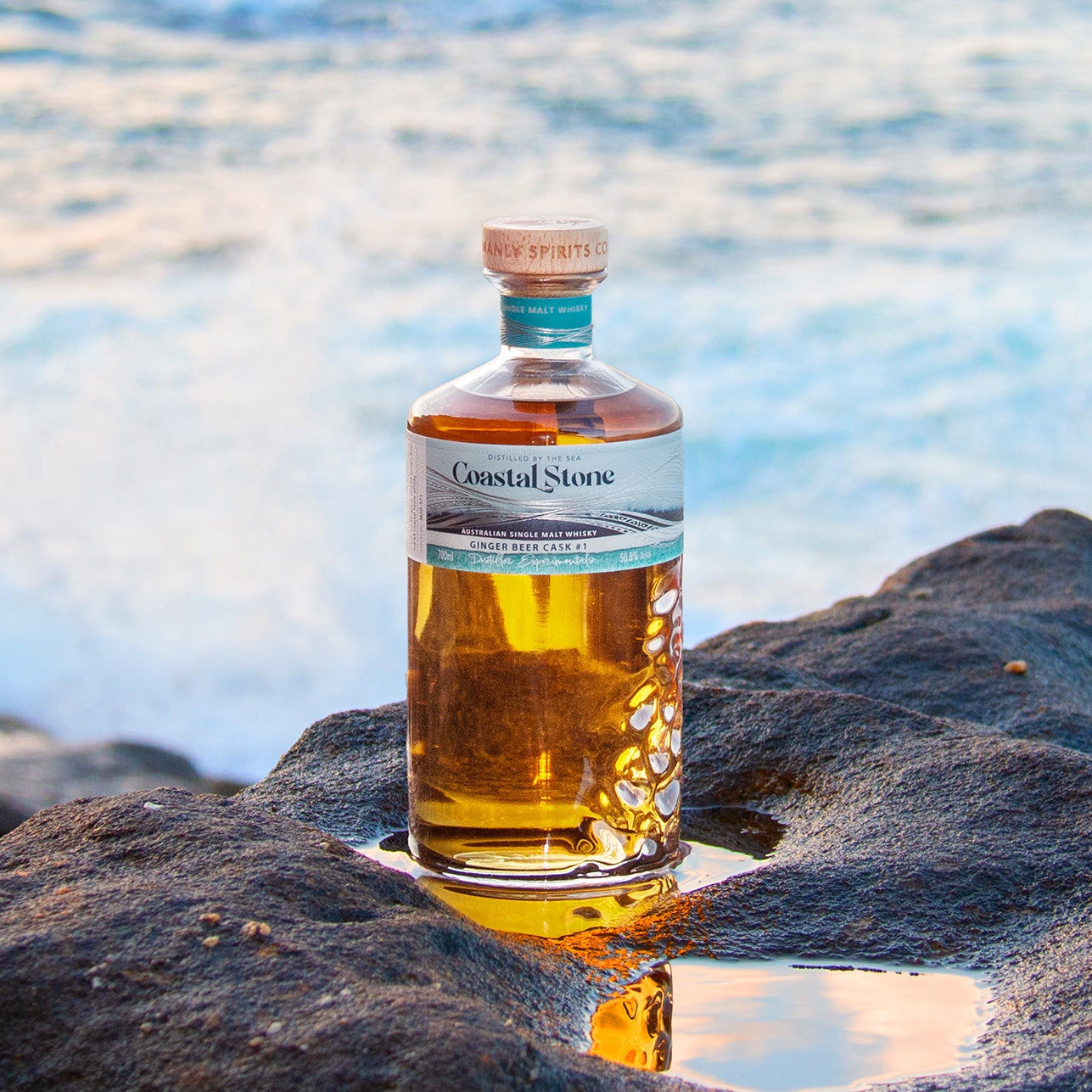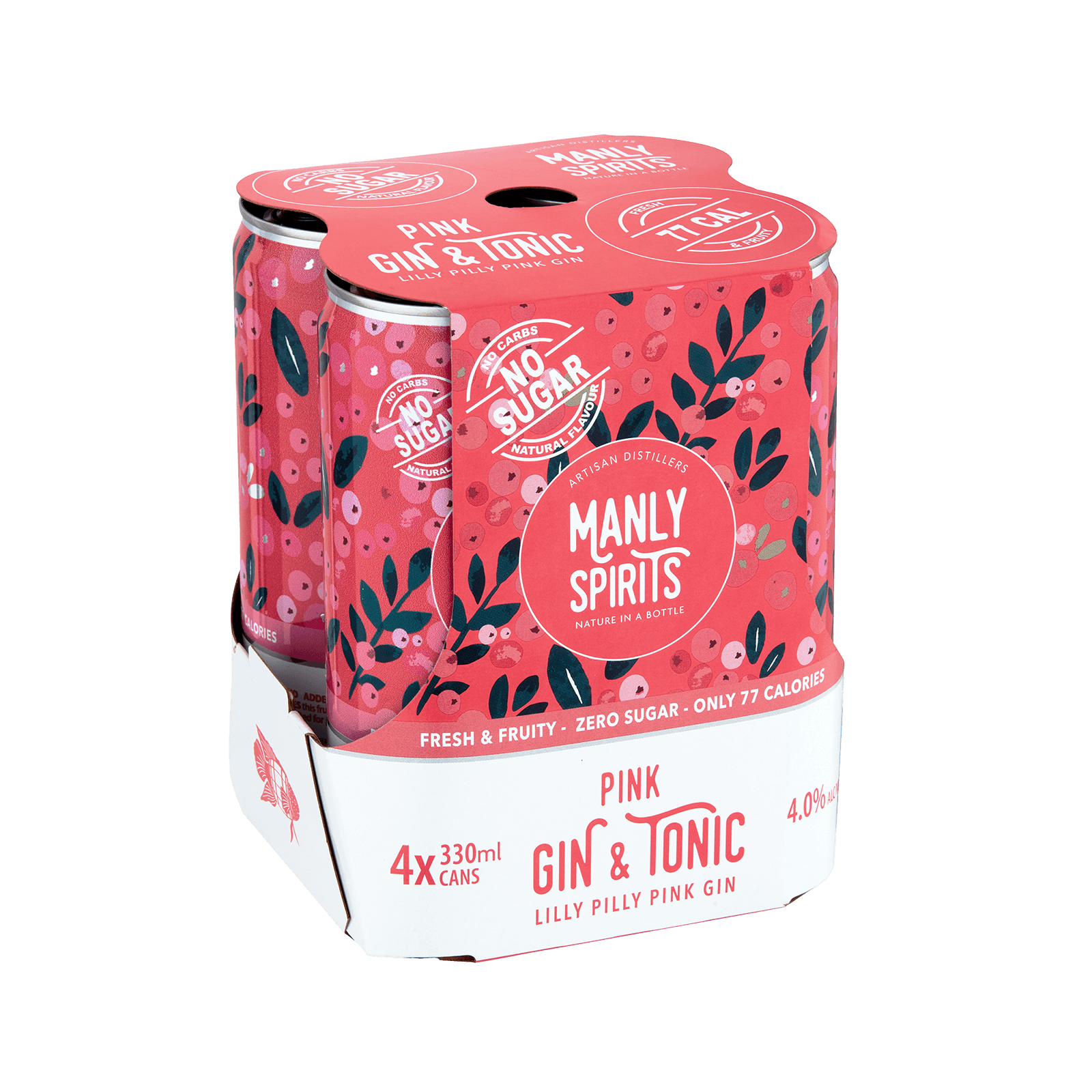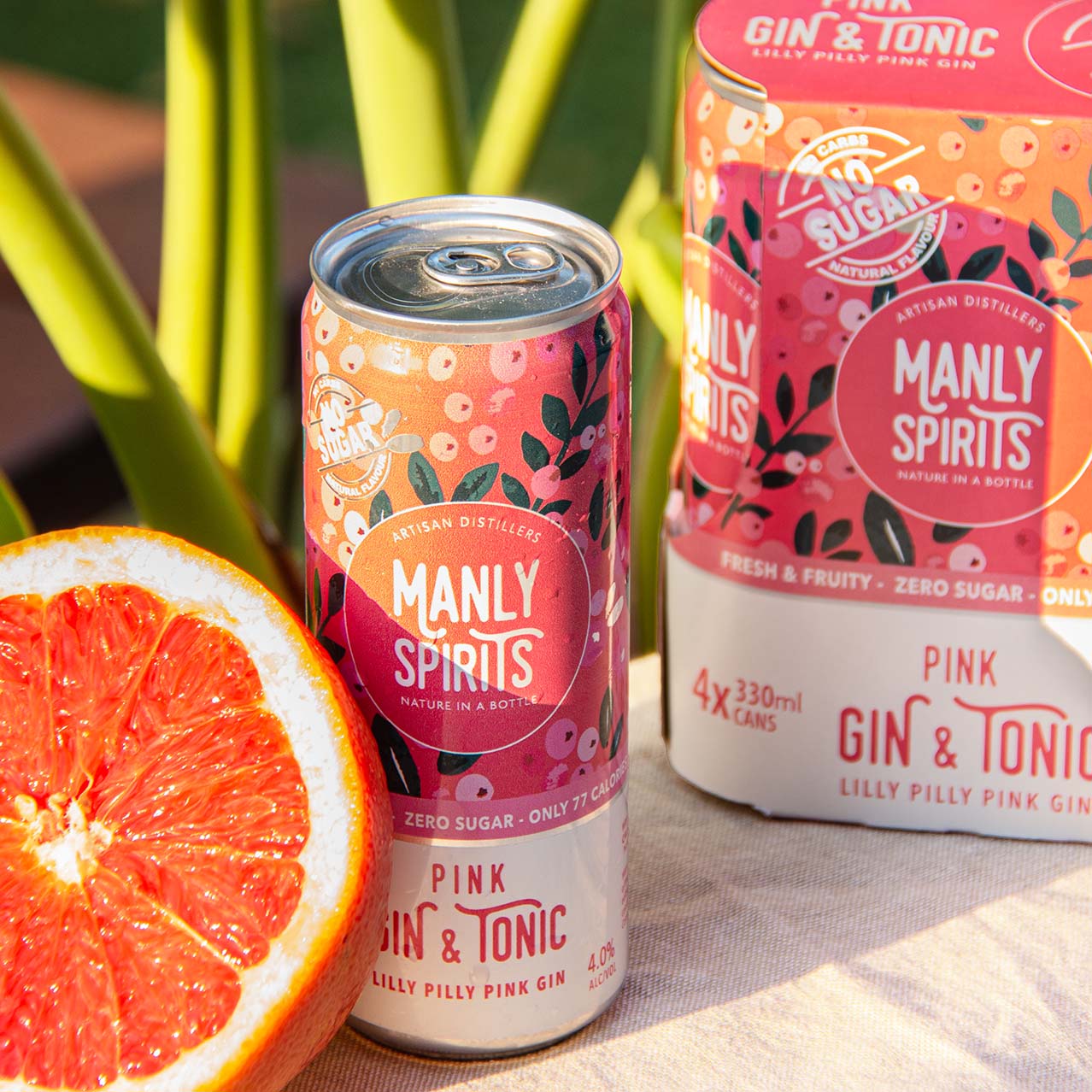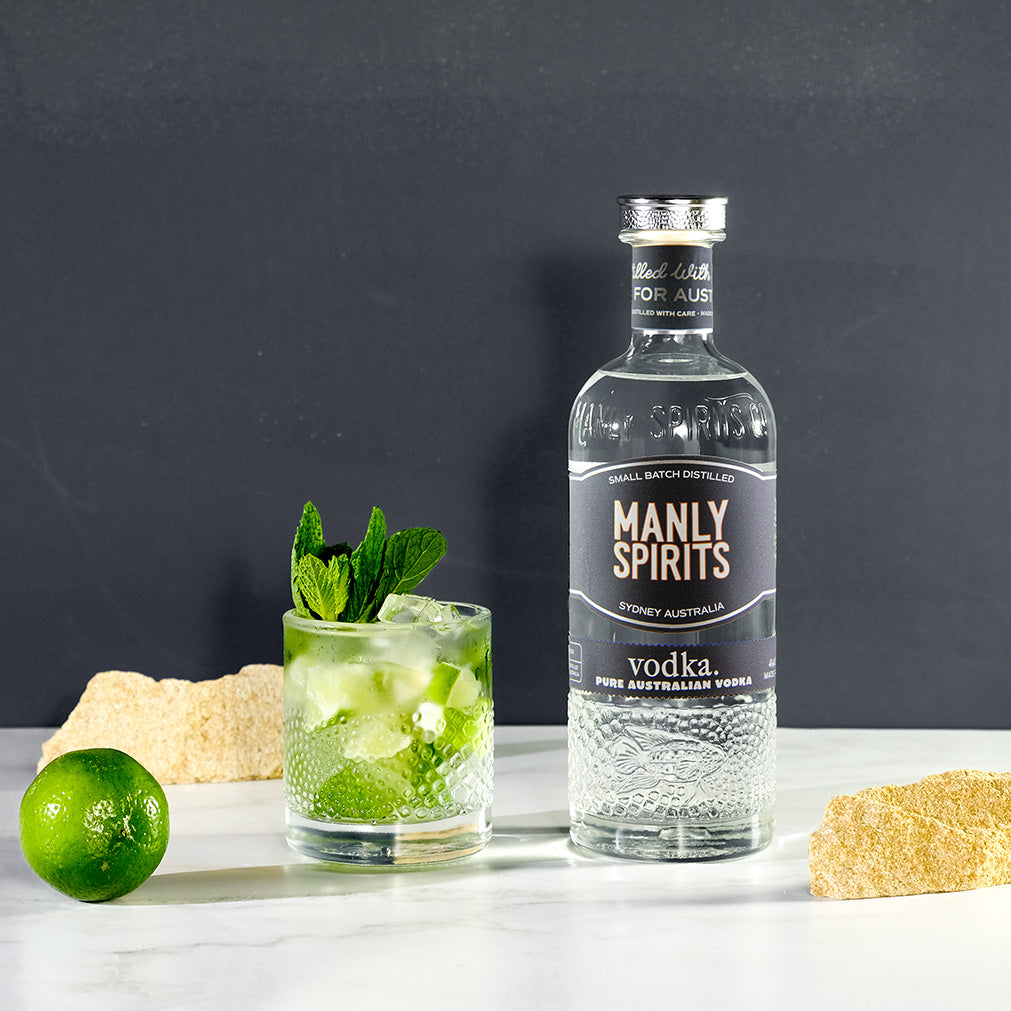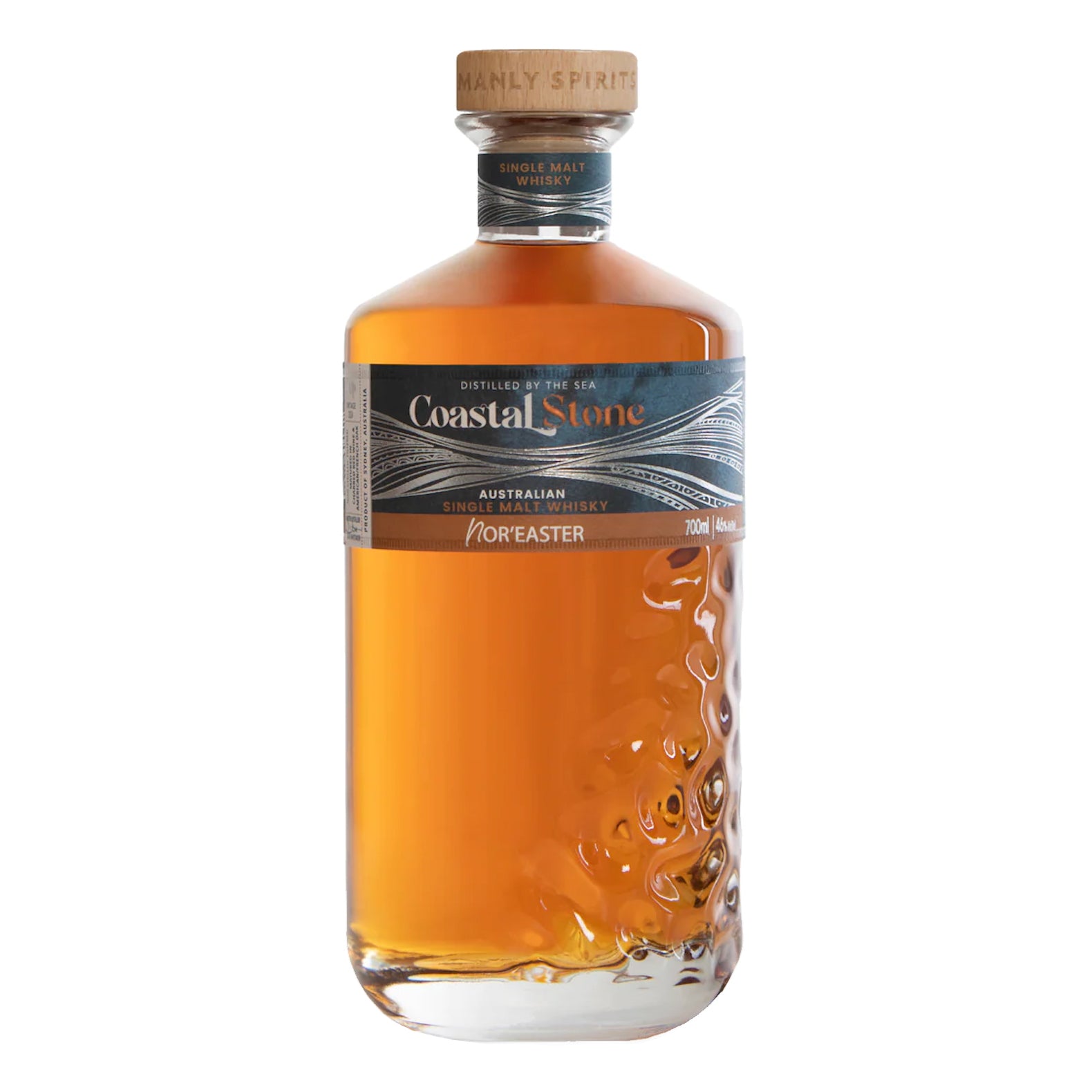Name:
JUNIPER
Flavour Profile:
Piney, woody, fresh aroma
Article originally from the Gin Foundry
If you want to really understand gin, it’s important to get to know juniper. We would compare it to understanding the influence of casks for whisky fans, grapes for winos or dilution of ice for bartenders. Juniper is such an important aspect of gin that quite literally, it is not only the primary botanical used in gin but by law, it needs to be the predominant flavour in anything seeking to be classified as gin. The aroma and taste of juniper is – or at least should be – the signature note in any gin, both on the nose and on the palate. Even the name Gin itself is derived from either the French genièvre or the Dutch jenever, which both mean juniper.
We’re about to go all green fingered on you all, so bear with us for a while – there is a point to this… Error! Hyperlink reference not valid. vary in size and shape, are evergreen and are usually low spreading bush type plants. They are a low maintenance plant to grow and while they prefer an acidic pH soil, they don’t have a problem in soil pHs that are not acidic either. We’ve heard of Juniper shrubs being used for groundcovers, border plantings and understand that they are especially helpful in preventing soil erosion, weed control and planting on difficult parts of a landscape. From our own experience with them – we know that juniper shrubs are quite drought tolerant and perform well enough in rock gardens too. If this wasn’t enough, most varieties of juniper require very little pruning, if any. It is therefore not surprising to hear that depending on your taxonomic viewpoint, there are between 50-67 species of juniper and they are found in most countries in the Northern hemisphere. They are amazing plants.
In fact, “Common Juniper” has one of the largest geographic range of any woody plant in the world. It’s amazing to think that juniper occurs at varying elevations and at its southernmost extent it has been recorded at altitudes of up to 3,500 metres. If this was a grape, wine makers would be going crazy over it. Given we all understand that soil, climate and growing conditions all affect grapes and that this has resulted in the term “terroir’ used to define wine regions, styles etc… why should it be so different in juniper bushes and as a result in gin? If you interested in this, an interesting Gin to seek out is Origin as it is available in 6 different varieties, where the juniper is the only thing to change as it has been selected from different terroirs..
Interestingly for you horticulturists out there, the bark is brown on young plants, but turns grey as it gets older. The flavour profile of young, green berries is dominated by pinene (resinous, woody pine notes) and as they mature this piney, resinous character is joined by greener citric notes. The outer scales of the berries are relatively flavourless, so the berries are almost always at least lightly crushed before being used as a spice. This matters less with making gin as during the maceration period, the alcohol will permeate through the skin relatively easily regardless. Juniper berries are primarily used dried as opposed to fresh in gin production, but their flavour and odour is at their strongest immediately after harvest and declines during the drying process and subsequent storage.
Rather fascinatingly, juniper is dioecious, i.e. individual plants are either male or female, unlike most tree species, where both male and female flowers occur on the same tree. Male flowers appear as yellow blossoms near the ends of the twigs in spring and release pollen, which is then dispersed by the wind. Female flowers are in the form of very small clusters of scales, and after pollination these grow to become berry-like cones. Shaped like irregularly-sided spheres, these berries are green at first, but ripen after 18 months to a dark, blue-purple colour – prime for taking and adding to a botanical selection in order to make gin.
Each juniper berry contains half a dozen seeds which are triangular, hard and black, and are dispersed by birds which eat the berries. All juniper species grow berries, but most are considered too bitter to eat. In addition to Juniperus Communis, other edible species include Juniperus Drupacea, Juniperus Phoenicea, Juniperus Deppeana and Juniperus Californica. Some species, for example Juniperus Sabina, are toxic and consumption is inadvisable. In all fairness however, it’s rare to come across anything other than the communis in the UK, so you’ll probably be okay if don’t have the Encylopedia Botanica to hand during your hike and you get peckish.
Because of their long ripening period, berries can occur on a juniper shrub throughout the year and as such, it is usually possible to see them at different stages of development on the same plant. Usually, juniper seeds are slow to germinate and normally require two winters of dormancy before they will sprout and begin growing. Juniper, as an entire plant is a slow-growing species, but in optimal conditions it can grow up to 28 cm in a year.
It is for its gastronomic, medicinal and ritual properties that juniper is best known. The Romans used juniper berries as a cheap domestically-produced substitute for the expensive black pepper. Something similar can be seen when berries were ground and added to sauces and especially to game dishes in England and Scotland to add a bitter, spicy flavour, and were used to flavour breads and cakes in the North of England. From a bit of light reading – it would seem that the juniper berry is still being considered as a possible treatment for diet-controlled diabetes, as it allegedly releases insulin from the pancreas (hence alleviating hunger).
From a remedial purpose – the earliest recorded medicinal use of juniper berries occurs in an Egyptian papyrus dating back to 1500 BC, in a recipe to cure tapeworm infestations. The Romans too used the berries for purification and stomach ailments, while the famous mediaeval herbalist Culpepper recommended them for a wide variety of conditions including the treatment of flatulence, for which juniper oil is still used today. Juniper berries have also been found in ancient Egyptian tombs, including Juniperus Phoenicia and Juniperus Oxycedrus at multiple sites. The latter is not known to grow in Egypt, and neither is Juniperus Excelsa, which was found along in the tomb of Tutankhamun. It would have been likely that the berries would have been imported into Egypt from Greece.
Allegedly, the Greeks used juniper berries in many of their Olympic events because of their belief that the berries increased physical stamina in athletes. On a separate note – chemicals in the berries also stimulate contraction of the uterine muscles and could potentially be administered during labour. These properties were used to abort an unwanted pregnancy in Middle Ages, and the phrase used in Lothian of giving birth “under the savin (an older name for juniper) tree” was a euphemism for juniper-induced miscarriage.
The largest body of folklore concerning juniper comes from Iceland where amongst other things, it was traditionally believed that juniper and rowan could not grow together because each creates so much heat that one of the trees would burn up. For the same reason it was considered not a good idea to bring sprigs of both woods into the house together unless you particularly wanted your house to burn down. Thankfully for us gin fans, Coarunn Gin’s distillery (who use both to make their gin) has been safe and sound for a few years, which should help dispel that myth.
Practical uses of the juniper’s wood are few, and it was most commonly used to burn for its smoke. Though burning juniper wood gives off only minimal visible smoke, it is highly aromatic and in ancient times it was used during the ritual purification of temples. The smoke was said to aid clairvoyance, and continued to be burned for purification and to stimulate contact with the “otherworld”. In central Europe juniper smoke played a part in the spring-time cleansing and casting out of witchcraft. Juniper was also burned during outbreaks of the Plague, while doctors were known to place it in their mask’s beaks as a rudimentary filter. Little did they know it was in fact the rats not the air that caused the problems.
Juniper’s use in alcoholic drinks and the use of its wood’s smoke are drawn together neatly in the tales of illicit Highland whisky stills hidden away in the glens, which used juniper wood for fuel so that the near absence of smoke would not attract the suspicions of the local excise man. Juniper berries are still used by certain whisky distillers to sweeten the still during the first distillation of a new still, although it is now widely acknowledged that this is more ritualistic than for flavouring.
From a more liquor-oriented point of view, in the nineteenth century Highland juniper bushes were prolific enough for their berries to be collected by the bagful and taken to the Inverness and Aberdeen markets to be exported to the Dutch gin distillers. The berries are also used to flavour other alcoholic beverages such as a Swedish health beer and a French beer-like drink called ‘genevrette’ made from equal amounts of juniper berries and barley.
Recently, some American distilleries have begun using ‘New World’ varieties of juniper such as Juniperus Occidentalis. Our favourite variety purely for its name is Juniperus Deppeana, or Alligator Juniper, whose bark is usually very distinctive unlike other junipers, hard, dark grey-brown, cracked into small square plates superficially resembling alligator skin. A few North American juniper species are known to produce a seed cone with a sweeter, less resinous flavour than those typically used as a spice.
According to George Dodd of the Whisky Aroma Academy, because of its use in herbal medicine and aromatherapy, there is a lot of information about the aroma molecules of juniper berries. Surprisingly given the amount of varieties, geography and growing conditions, there is quite a good consistency in the quantitative composition of oils amongst juniper from various parts of the globe.
The piney antiseptic notes are allegedly from the hydrocarbon Alpha-pinene, which forms between 40 and 45% of the aroma molecules in juniper. Sabinene, another Hydrocarbon is the second most common molecule (around 5-15%). Other molecules include Lemonene (4-5%), Farnesene, which gives a floral note (around 5%) and Borneol and its woody notes (around 5%) to name a few. Each molecule brings with it individual aromas that depending on the overall percentages they have, combine to give slight variations to the final nose. As George mentions in his Gin Aroma Kit, “the aromas of junipers is an exciting and never ending story and the success of some gins may be due to trace juniper ingredients rather than the [other] listed botanicals”.
If aroma can form such a large impact on our perception of taste, and that a trace within an individual botanical can vary and alter our impressions of the overall composition – just imagine the endless possibilities when you start interchanging the strain of botanicals or where they came from.


